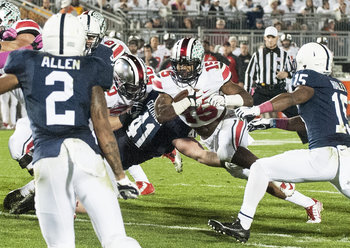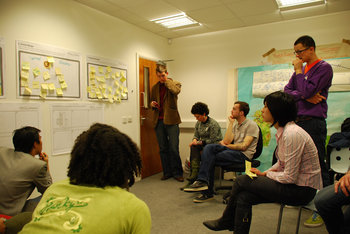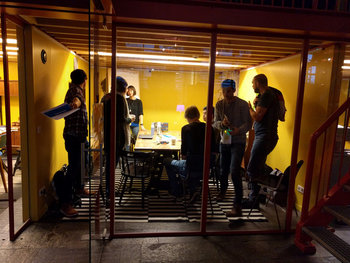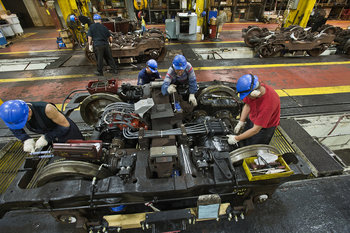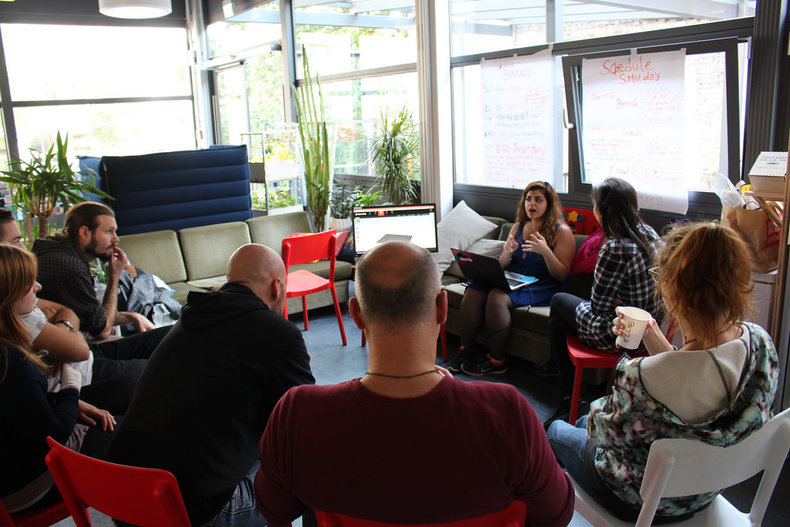
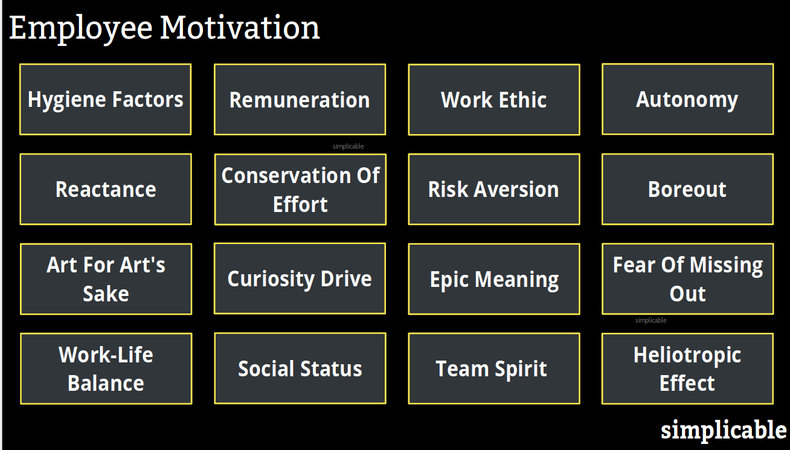
Hygiene Factors
Hygiene factors are basic working conditions that don't improve employee motivation if they are met but dramatically reduce motivation if they are not met. For example, the availability of coffee and water in an office.Remuneration
The extrinsic motivation of financial compensation.Work Ethic
The belief that hard work has value. This can be both an individual view and element of organizational culture. For example, a team where hard work earns respect and reward.Autonomy
Employees may be more motivated when they are given freedom to pursue objectives as they see fit. Pursuit of freedom can also be a motivation to earn promotions. In many cases, people value the increased autonomy of a higher role just as much as the financial rewards.Reactance
Reactance is a tendency to rebel against perceived attempts to take away or restrict individual freedoms. For example, employees who are heavily monitored and controlled may become unmotivated and react against an oppressive environment with techniques such as passive aggression and malicious compliance.Conservation Of Effort
The motivation to take the easiest path to goals. Employees may become disengaged if they feel that processes and work habits are hopelessly inefficient. For example, long meetings that have little value may harm motivation.Risk Aversion
Employees may avoid responsibility and accountability as a form of risk-aversion. This can be due to a fear of failure as opposed to a lack of work ethic.Boreout
Work that is uninteresting decreases motivation. In some cases, risk-adverse employees become bored as they actively avoid the challenging tasks that might stimulate interest.Art For Art's Sake
Employees who gain satisfaction from work itself such that it is its own motivation. For example, an architect who is passionate about architecture.Curiosity Drive
The motivation to learn, experiment and create.Epic Meaning
Employees may be more motivated when they feel they are part of a big, worthy mission.Fear Of Missing Out
The common desire to be part of things that are new, growing, profitable, high status or trendy. For example, a position that offers a chance to learn a trendy new technology may see high engagement.Work-Life Balance
The desire to live an interesting and fulfilling life. For example, working long hours can decrease motivation as an individual begins to miss out on life opportunities such as time with family.Social Status
Motivation to achieve recognition, authority, respect and social standing. For example, a manager who feels a sense of validation due to their authority over others.Team Spirit
The experience of being part of a team can be socially rewarding. The process of overcoming problems to persevere as a team tends to bond people together.Heliotropic Effect
The heliotropic effect is the tendency for people to move towards the most positive image they have of themselves. A leader who paints a picture of what a team or individual can be may help to motivate employees to actually achieve this future.| Overview: Employee Motivation | ||
Type | ||
Definition | The level of energy, commitment and care that employees demonstrate in their work. | |
Related Concepts | ||
















